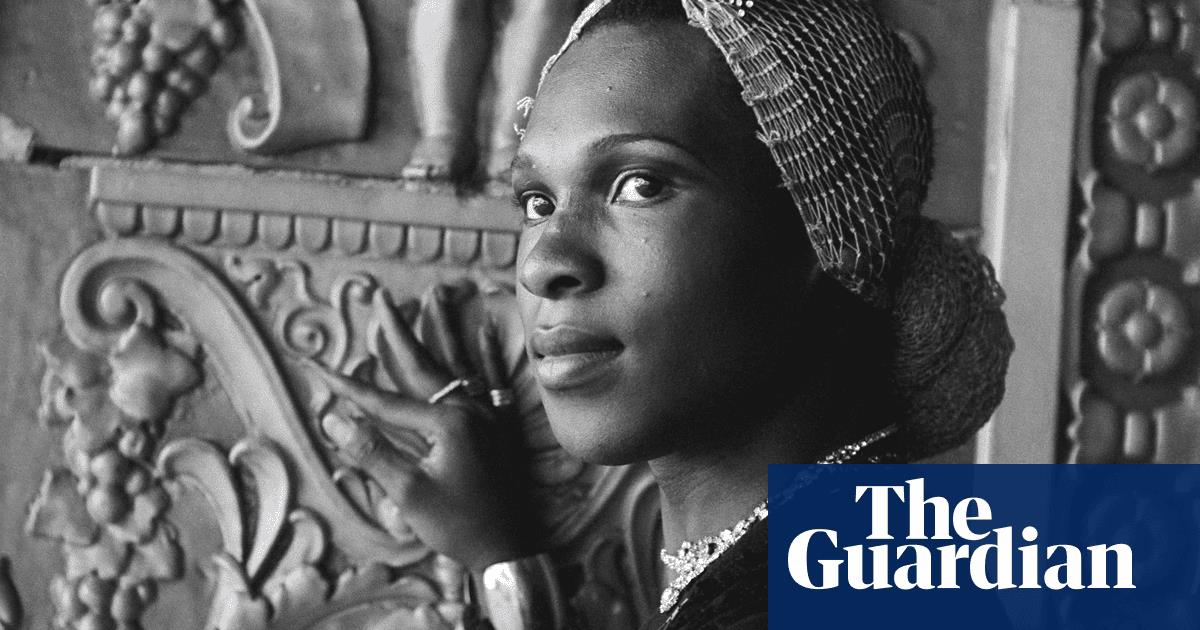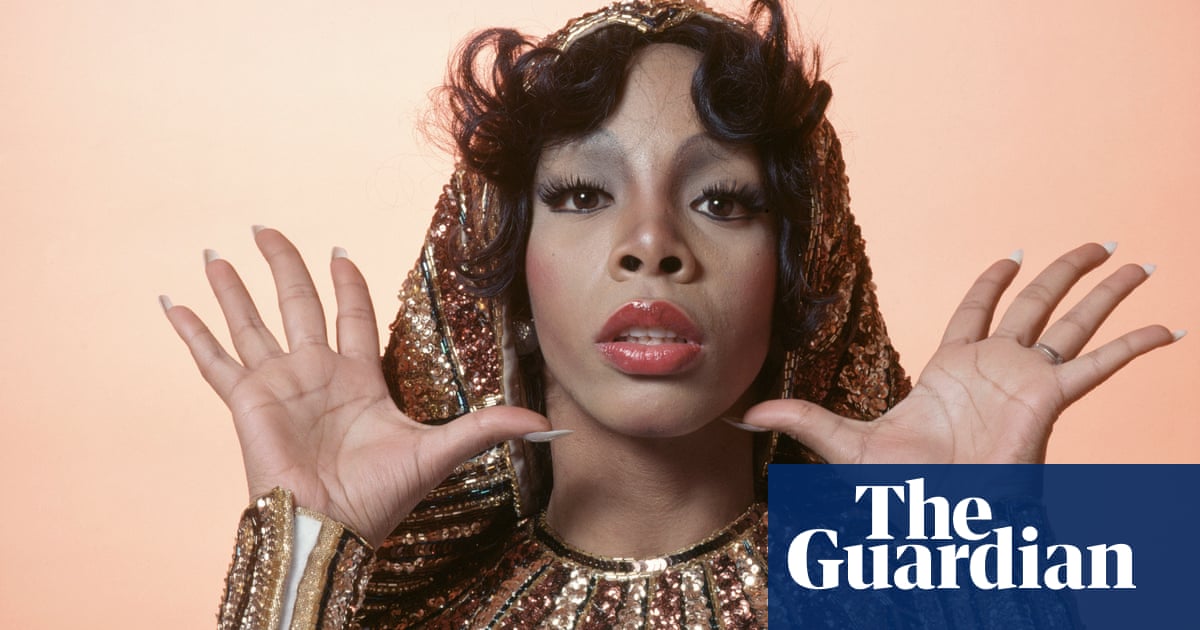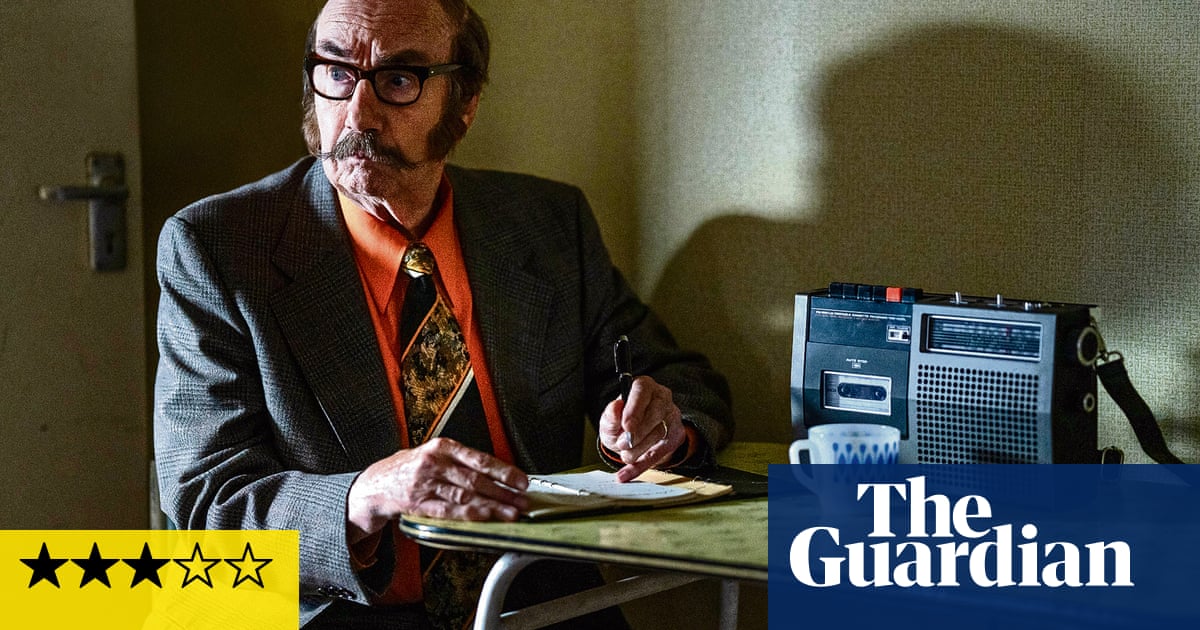
As the Boomers aged into parenthood, one musical standby of their own youth became permanently enshrined in the Christmas canon. Every December, the generations young enough to have been reared on pop will put on A Christmas Gift for You from Phil Spector, a compilation album featuring 60s girl groups like the Ronettes and the Crystals singing the Yuletide standards. On the final track, however, mega-producer and impresario Spector delivers a direct address to the listener over the gentle strains of Silent Night, explicating his vision for the project and thanking the public for allowing him into their homes. There’s a creepy intimacy to the spoken-word song, Spector’s reedy voice gentle yet insincere, his speech sentimental yet egotistical. Even without knowledge of his turbulent backstory, a child trimming the tree can pick up on something unsettling.
Spector, a four-part documentary airing this week on Showtime, catalogues the contradictions making up an essential, contemptible figure without attempting to untangle them. “Like a lot of people my age who grew up listening to music from the 60s with their parents, I knew the work of Phil Spector before I knew who he was,” says Don Argott, co-director of the upcoming miniseries with Sheena M Joyce. “I knew the eccentric stories, him pulling guns, the trial, his Afro hair, but this knowledge wasn’t really fully formed.” This is the man in broad strokes, a living dissonance between the creative output that gave exquisite voice to teenybopper innocence and the violent, erratic behavior behind the scenes. But if his story is a tragedy of hubris ending in homicide, that means he’s only one of two main characters.
“One of the things we felt most strongly as we were developing this was, well, there have been Phil Spector documentaries in the past, why do we need to do a new one now?” Argott says. “What else can we bring to the table? What hasn’t been talked about? We all felt the Lana Clarkson story, her treatment, her portrayal, all of this was worth looking back on.”
Though Spector wasn’t performing onstage, he placed his talents front and center in promoting himself as a celebrity. “In his time, he was extremely well-known,” Joyce says. “People learning about him now might not see this right away, but his popularity had him on TV all the time, appearing on I Dream of Jeannie, on Merv Griffin, in Easy Rider, everywhere. He was a big piece of pop culture, and this was a calculation … He cultivated an image, a sound and a brand that went beyond either.” This self-fashioned cult of personality would prove crucial during his trial for the murder of Lana Clarkson, an actor and hostess at Los Angeles’ House of Blues, where she made Spector’s acquaintance on the night of 3 February 2003. He brought her back to his palatial Alhambra estate known as the Pyrenees Castle, and after about an hour, his driver heard a gunshot and glimpsed Spector staggering out the back door with a gun in hand. One would logically presume murder; he insisted that she’d killed herself.
Argott and Joyce distinguish their take on a heavily analyzed figure – they spent so much time researching that they didn’t even bother watching the Al Pacino-led biopic – by shifting focus to Clarkson, a woman who consisted of more than the extraordinary circumstances of her untimely death. As they detail Spector’s rapid rise to the top of the music biz, from his first gold record as a teenager to seizing sole control of his own label at 21, the less-told origin of Clarkson unfolds in a parallel that eventually dovetails into a fateful curve joining the two subjects. “We wanted to chart how these two people intersected on that night,” Joyce explains. “As Phil would say, it’s all timing. Everything is timing. If she doesn’t shatter both of her wrists, she’s not at the House of Blues. If she’s not on shift there, she never meets him. Anything could’ve happened.”
With a succession of fork-in-light-socket hairdos and other sideshow stunts, Spector turned his trial into a three-ring media circus he could lord over as master of ceremonies. One key piece of his offensive was casting Clarkson in the villain role, assigning her the narrative of a washed-up fame-chaser which the mainstream accepted all too gladly. She’d been a buxom babe in low-budget B-movies during the 80s, but had since engineered a second act as an acerbic standup comic, never mind the wholesale discounting of her baseline humanity. “In a lot of the coverage you’ll see from the time, the portrayal of Lana was surface-level,” Argott says. “That she wasn’t as famous as Spector was an incidental aspect of her life, and it’s all that a lot of people cared to know about her. It wasn’t far off from ‘What did she expect to happen if she went home with him? Of course she got killed.’”
The miniseries supplies a corrective by imbuing Clarkson with newfound interiority, much of it based on the accounts of her loved ones. They detail the personality minimized in the press, remembering Clarkson as a gregarious born entertainer with a room-filling laugh. But beyond the affectionate portraiture of an obituary, the character-rebuilding also touches on a formative trauma with the death of Clarkson’s father in a mining accident. Joyce and Argott form a darkly ironic rhyme by linking this to the suicide of Spector’s father, both of which brought the surviving children to Los Angeles for a new start. The creators realized that they’d have to extend empathy to both perpetrator and casualty in their effort to gain some moral clarity on a crime that might outwardly appear senseless.
“We were fortunate to have [Phil’s daughter] Nicole’s participation in the film, and it was with her permission that we were able to use the music,” Joyce says. “Don and I were very frank about our intention, which was to paint as accurate a picture of Phil and Lana as we could. We could make no promises as to how her father would be shown in the end, but we did want to give him a fair shake, and I think we do. Talking about the tragedies that befell him in his life gives context to his behavior and incidents. And we made clear that we did want to look closely at Lana, consult her friends and family, get to know her as a person. I don’t want to speak on anyone’s behalf, I can only tell you what our intentions were. We stuck to the facts.”
The series’ final episode avoids the prescriptive, refraining from ruling one way or the other on how we’re supposed to hold the complicated memory of Spector and his still-beloved work in our minds. But after seeing this attentive tribute to Clarkson, it will be hard to hear And Then He Kissed Me or the other golden oldies without thinking of the potential taken from her.
“It’s a much bigger question, one that we certainly get into, of whether you can separate art from the artist,” Joyce says. “Because he’s the producer in the booth, it may be easier to listen to that music, or to keep your appreciation for the art itself un-muddled, so to speak, whereas listening to Michael Jackson has become more fraught for some people. But I don’t necessarily think he was treated differently by the public or those in the industry for it. He was celebrated and protected. Like many people branded as eccentric artists, their mental health issues and idiosyncrasies are dismissed. Like that’s just the price you pay for genius.”
Spector airs on Showtime on Fridays with a UK date to be announced












